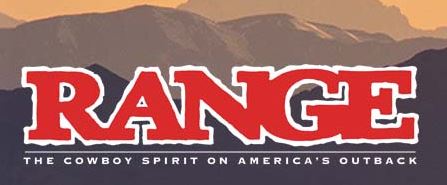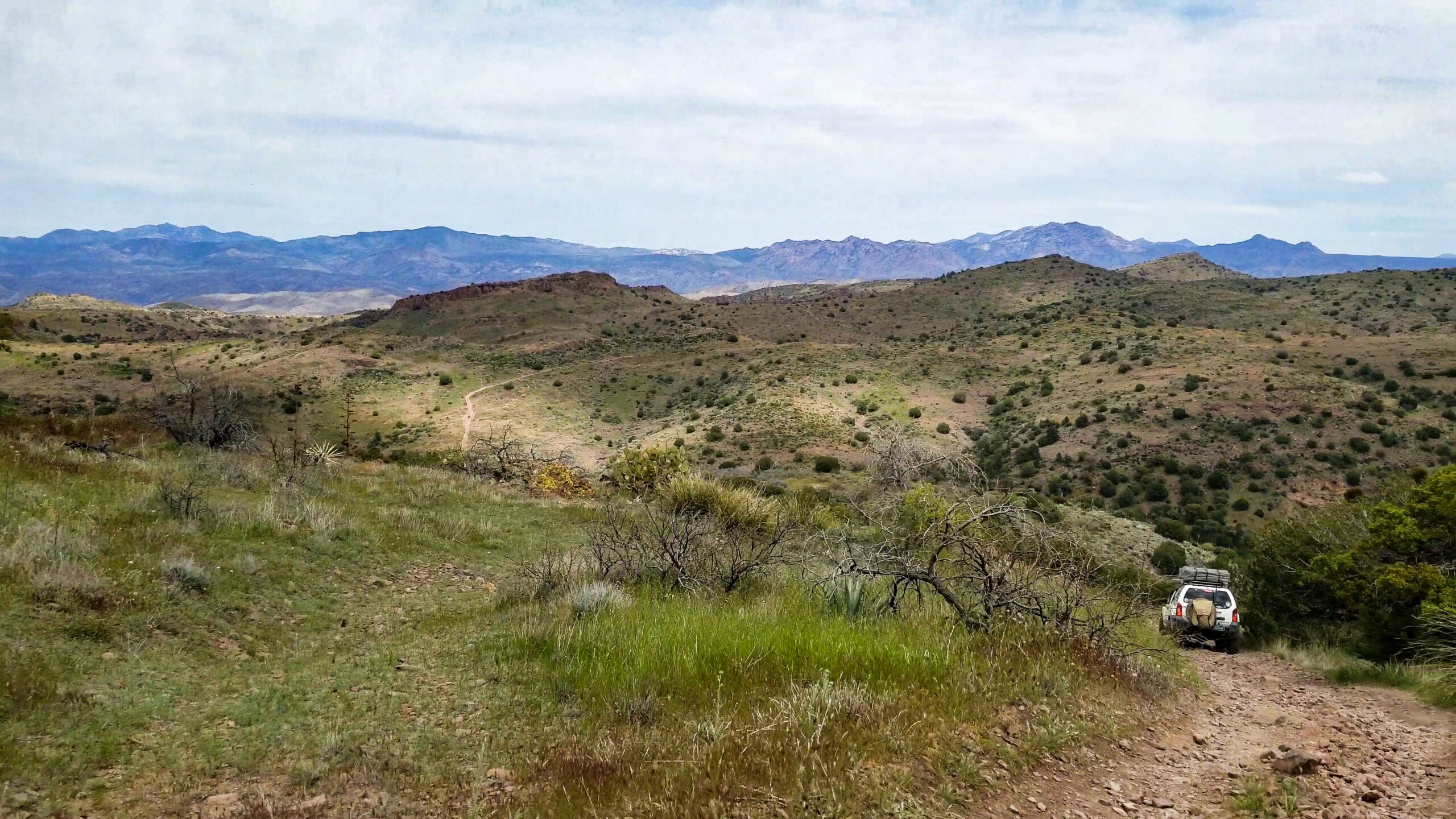Your cart is currently empty!
Posted in
Originally found on RANGEfire!.
PUBLIC LAND EXPANSION SYNDROME
Kelly Mike Green
San Juan County, Utah
Public land expansion syndrome is addictive and the continual craving for more and more territory is never ending, and it is causing ongoing damage to America’s public lands and to nearby communities in rural Utah. To keep the expansion going and the addicts hooked on obtaining more and more land from the federal government, outdoor retailers have specific marketing strategies with the goal to increase profit and keep their product alive and well for the environmental crowd. They collaborate, join, and infiltrate various NGO’s by getting on boards to influence the public to ensure that the goal of acquisition continues. By giving sizable donations to promote the expansion of public lands, these donations are then used as seed money with NGO’s, to entice people to come out and buy their products and subscribe to the organization. Bears Ears National Monument is the latest promotion project so companies like Patagonia, Black Diamond, and others, benefit financially in the fight to “Stand with Bears Ears.”
The eco-minded crowd are enticed to buy these products not only as a status symbol, but to show solidarity for the environmental movement because they think they are helping the cause. Propaganda to “Protect” the environment from the threat of climate change stirs strong emotional response among followers and they are eager to believe without critically looking at all the facts. Photoshopped images showing out of control mining operations or oil wells pumping away next to pristine vistas are common advertising strategies. These false images and exaggerated articles for advertising purposes are used to attract new followers and also help bring in more donations from the general public. Utah Diné Bikeya, Friends of Cedar Mesa, and Southern Wilderness Alliance, are such examples of where oil well pump jacks were cropped in to stir up environmental concerns in various submitted articles. These organizations are encouraged to lobby for political favor and hire attorneys as legal experts who can then initiate litigation against County, State, and the federal government for cash settlements, attention, and slowing down any potential commercial activity.
The constant pressure to fight these lawsuits can have devastating effects and local communities who depend upon public land to live are the casualties. When questioned about the economic loss of existing industries by communities, the patent answer by these groups is usually that tourism is the way to economic prosperity because it is a cleaner industry. Escalante National Monument visitation has increased 63% over the last decade with 1.1 million visitors from October 2017 through September 2018, according to U.S. government figures. The impact visitors are having on the landscape is having devastating effects whereas beforehand with other industries as the mainstay, it was much less overall impact on the land. Public Land Expansion Syndrome is a danger to rural America because the end result is the destruction of higher paying jobs and the unraveling of the social fabric that communities traditionally inherit through generational residency. Young people are forced to leave due to economic hardship. The Nonprofit hierarchy get rich by the legal actions they implement and rather than improve communities, they systematically destroy them. Escalante, and Moab, Utah are two classic examples of how this impacts communities. Neighbors to the south who reside near Bears Ears Country, are worried this same problem will occur for their communities.
Public land expansion syndrome creates more problems than it solves. The Federal government cannot maintain and manage what they currently have responsibility over. Budgetary shortfalls for basic infrastructure repairs are at the breaking point. Parks like Zions, Arches, Escalante National monument, and other national treasures are all good examples of overwhelmed spaces because people are coming in droves. The strain affects local communities in a negative manner as infrastructure is taxed beyond what it can provide leaving local taxpayers to foot the bill. Growth has exploded because those with money are moving in from other states and buying up less expensive property and building expensive homes. This raises taxes and improves revenue, but sooner or later infrastructure costs for water and sewer are impacted beyond what they can provide and costs for growth takes its ugly toll. All the while, continual lobbying is going on for more and more, “protected” public land.
Another tactic used for diverting the serious overrun of people by the Public Land Expansion Syndrome crowd is to blame. Users like 4×4 enthusiasts and UTV riders are now seen as the problem. Those who sympathize with the NGO’s are often active in local politics and constantly lobby against those who use the roads and trails for motorized travel on public access. They constantly try to redefine what is appropriate and have no qualms about keeping out those with different recreational tastes from enjoying outdoor activities like camping and motorized travel. Public Land Expansion Syndrome is at the core of the problem. Changing the rules to allow only one type of user over another unfairly discriminates. Recently a Utah Congressman who is trying to change the rules had received a lot of criticism by both the environmental community and the motorized recreational users over a controversial bill. The 1964 Wilderness Act prohibits the use of any form of “mechanical transport” in wilderness areas, keeping motorized vehicles like cars, dirt bikes, ATVs and aircraft out of these areas. The Congressman is proposing that non-motorized vehicles (bicycles) be allowed into Wilderness areas on a limited basis ignoring users rights for similar access. This sets a dangerous precedent for discriminatory land use for all Americans. Here again, if allowed, more and more people will want to go into areas that have not had that level of increased human activity. Public Land Expansion Syndrome discriminates because it singles out one user over another.
It is time to stop making excuses that a tourist driven economy is cleaner and has less impact on the land than other industries. Tourism industries exaggerated claim of a better alternative has not panned out in terms of expectations for financial security and a better way of life for rural communities. The sustainable economies promised based on industrial tourism are creating poverty among the working class. Unintended consequences are the reality that housing has become more expensive, and wages fail to rise in meeting the demand for affordable shelter. Workers cannot bear the high expense to live in the communities they once thrived in. To compensate, businesses that operate in tourist heavy enclaves bring in foreign workers and provide seasonal work in dormitory type quarters that are unsuitable for families. Local home rental prices are beyond what is reasonably affordable, so people are looking for a better deal. Quiet outlying areas are seeing rental and property increase as workers move further and further away searching for more affordable housing. Traffic on two lane roads have increased exponentially as longer distances are now normal just to get to work. Some outspoken voices have advocated forced wage increase by business owners, but the owners hesitate to do so as this jeopardizes their competitive edge and will drive the tourists away. Mom and Pop businesses struggle to find dependable help. Supply and demand for workers will continue to be a struggle because temporary seasonal workers are filling the gap for now.
Meanwhile, continual attacks on extraction industries such as mining, oil, logging, and ranching, continues by the Public Land Expansion Syndrome crowd. Eliminate the competition and you’re the only game in town. Tourism pays much less than what you find with other jobs in the private sector. One business that has been overlooked or ignored as a bright spot in communities are small ranching and farming operations. In terms of direct impact the industry is much cleaner and is more reliable long term. Generations of ranching and farming families have been able to thrive and continue a way of life that is truly sustainable and has much less overall Impact on surrounding public land. In today’s world you will find such businesses scattered throughout America and especially in rural Utah. Joint collaboration between the ranchers and farmers with federal agencies have created sustainable jobs that provide income to families in a competitive market as compared to tourist jobs. Another problem that Public Land Expansion Syndrome creates is the loss of useable lumber and wood gathering due to the devastation of fire. Juniper and other forest land is not able to be managed properly because various environmental organizations bring legal action to stop any kind of tree removal or management where insect blight needs to be controlled. This also affects wildlife as the loss of habitat kills hundreds of different species when out of control wildfire occurs.
The damage occurring on an environmental and societal level are a diversion to hide the ugly truth that Public Land Expansion Syndrome is causing problems. Non-Profit entities have created well-paying jobs for themselves along with outdoor retail corporations. If it was once about protecting the land, that is no longer the case when you see and experience what Public Land Expansion Syndrome causes.
Kelly Mike Green
lifelong resident of Southeastern Utah
Subscribe to RANGE magazine
Call 1-800-RANGE-4-U
The post Public Land Expansion Syndrome in the West appeared first on RANGEfire!.
Tags:
You may also like…

Visit the AZBackroads.com Store

Please Become A Member
We need your help to keep our backroads open. Please join today!








